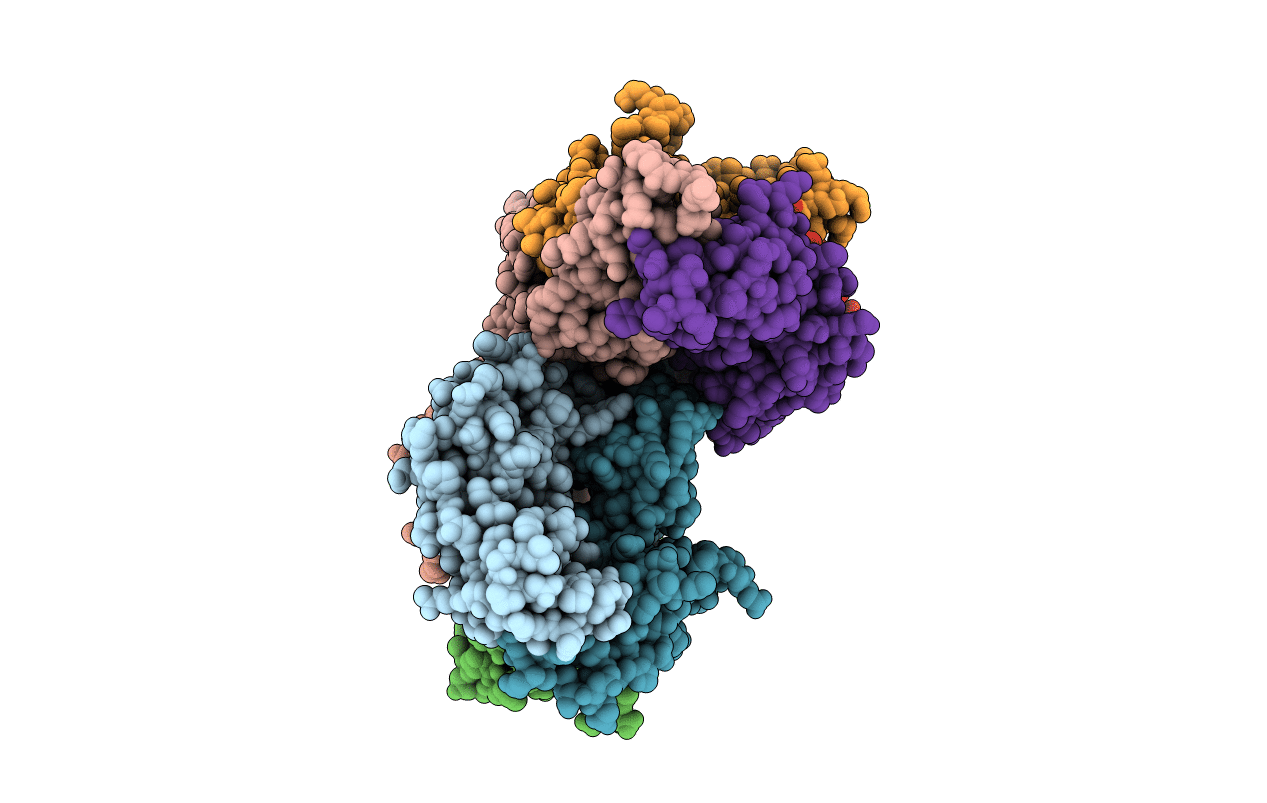
Deposition Date
2007-06-13
Release Date
2007-08-07
Last Version Date
2024-02-21
Method Details:
Experimental Method:
Resolution:
2.36 Å
R-Value Free:
0.24
R-Value Work:
0.21
R-Value Observed:
0.21
Space Group:
P 1


